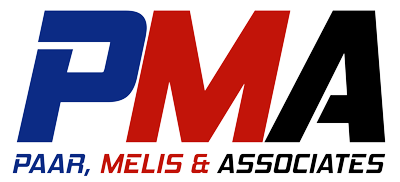Running a successful auto repair shop requires balancing operational efficiency with customer service while maintaining strong profit margins. In this blog, we’ll discuss essential strategies for improving your shop’s productivity and profitability, based on Episode 138 of Business by the Numbers Podcast, featuring Hunt Demarest and Chris Cotton.
Why Labor Hours Per Repair Order (LHRO) Matters
A critical metric in the auto repair industry is labor hours per repair order (LHRO). Chris Cotton emphasizes that for general repair shops, the target should be three hours per ticket, while specialty shops like Euro and diesel should aim for around four and a half hours. The more labor hours you can effectively perform per repair, the higher your productivity.
This doesn’t mean adding unnecessary tasks, but instead ensuring thorough inspections and taking on more complex repairs. If a shop averages less than one hour per ticket, it’s likely underperforming in productivity, which ultimately affects profitability.
Boosting Your Average Repair Order (ARO)
Another key area of focus is average repair order (ARO). Many shops make the mistake of only performing basic services like oil changes without performing additional inspections. Chris explains how implementing a system of digital vehicle inspections (DVIs) can help uncover additional needed repairs, which can significantly raise your ARO.
For example, if a customer comes in for an oil change, a thorough inspection might reveal that their brakes need servicing or their tires need replacement. Presenting this information to the customer and offering detailed estimates can increase trust and raise your ARO without resorting to aggressive upselling.
Utilizing Shop Management Systems
Hunt and Chris agree that technology plays a critical role in running an efficient auto repair business. Tools like Techmetric allow shops to automate processes like parts pricing, labor tracking, and job scheduling.
One standout feature is the ability to automate your parts matrix. This ensures your parts are consistently priced, preventing undercharging and ensuring margins are maintained. For shops that don’t yet use advanced shop management software, this could be an easy way to improve profitability without much added effort.
Expanding to Multiple Locations
Chris warns against expanding too quickly. While multi-location ownership is appealing, many shop owners struggle to manage multiple locations effectively. It’s critical to optimize your current shop’s performance before considering growth. For instance, ensure your LHRO and ARO are consistently meeting targets, your team is operating efficiently, and your financials are in order.
Shops that attempt expansion without first stabilizing their main location often find themselves overwhelmed, leading to both locations underperforming.
Preparing for Financial Strain and Offering Financing
With the possibility of an economic downturn, it’s crucial to make your services accessible to a wider range of customers. Chris suggests integrating alternative financing options like Klarna or Affirm, allowing customers to break up payments on larger repair jobs.
This strategy helps prevent losing business due to budget constraints while maintaining cash flow. Offering these options, especially for larger repair orders, will also increase customer retention, as they’ll appreciate the flexibility.
By focusing on key metrics like labor hours per repair order (LHRO), improving average repair orders (ARO), leveraging shop management technology, and making smart decisions about expansion, auto repair shops can improve both productivity and profitability. In today’s competitive landscape, optimizing these factors is essential to long-term success.

